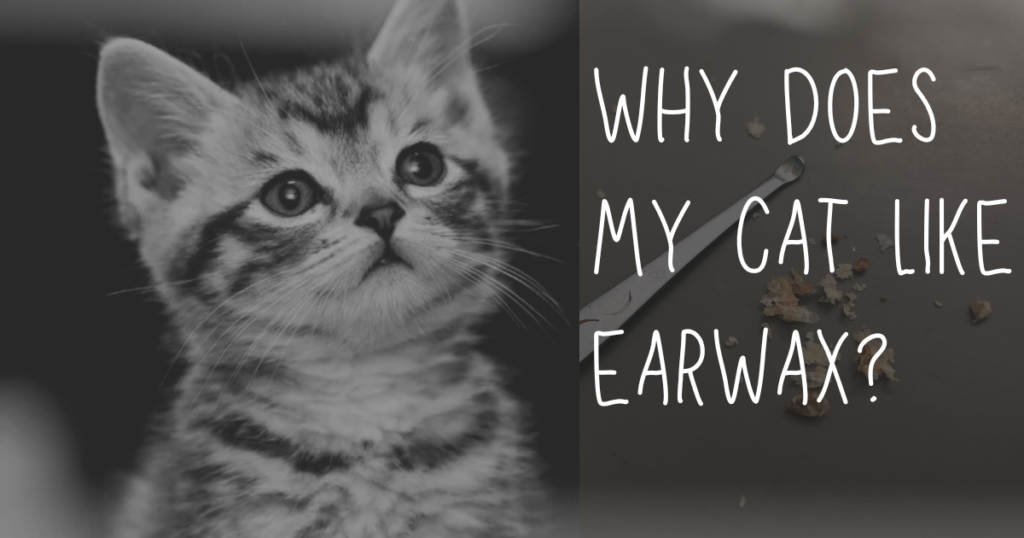Cat ear infections are more common than many pet owners realize. Early detection is crucial because these infections can cause discomfort and potentially lead to more serious health problems if left untreated. Recognizing the cat ear infection symptoms can help prevent long-term complications and ensure your feline companion remains happy and healthy. Understanding these symptoms will also help you act swiftly to seek the appropriate treatment for your pet.
Cats are skilled at hiding pain, which makes it even more important for you to know what to look out for. Whether it’s frequent head shaking, scratching, or discharge from the ears, any of these could be an early indicator of a deeper issue. In this post, we’ll explore the most common signs and symptoms of ear infections in cats, explain what causes them, and discuss treatment options.
Head Shaking and Tilting
One of the first noticeable cat ear infection symptoms is frequent head shaking or tilting. Cats often shake their heads to relieve the discomfort caused by fluid buildup or irritation in their ears. If your cat is constantly shaking its head or tilting it to one side, it’s likely experiencing discomfort due to an infection.
Head tilting can also indicate that the infection has affected your cat’s balance or inner ear. In more severe cases, this may be accompanied by a lack of coordination or difficulty walking. Addressing this symptom early is key to preventing the infection from worsening.
Excessive Scratching
Excessive scratching is another classic symptom. Cats are naturally inclined to groom themselves, but when they have an ear infection, they tend to scratch the affected area more frequently. If your cat is scratching at its ears persistently or rubbing them against furniture, it could be trying to relieve the itching or pain caused by an infection.
This excessive scratching can lead to further damage, such as cuts or abrasions around the ear, which can make the infection worse. Monitoring this behavior closely will help you identify the problem before it escalates.
Ear Odor and Discharge
Unusual odors or discharge coming from your cat’s ears are clear signs of an infection. Healthy cat ears should be clean and free from any foul smells. However, an infection can cause a noticeable odor, often due to bacterial or yeast buildup inside the ear canal.
Discharge is another symptom to watch for. This can vary in appearance, ranging from a dark, waxy substance to pus-like fluid. The presence of any discharge is a red flag that should prompt immediate veterinary attention. By identifying this symptom early, you can prevent the infection from spreading further.
Redness and Swelling
Ear infections often cause visible changes to the appearance of your cat’s ears. Infected ears may appear red, inflamed, and swollen. The inner part of the ear, known as the pinna, may become tender to the touch, making your cat sensitive when you try to examine the area.
This redness and swelling are signs of inflammation caused by the infection. If left untreated, the inflammation can worsen, causing more pain and potentially leading to long-term damage to the ear tissues. Early detection and treatment are essential in reducing this risk.
Loss of Balance and Coordination
Severe ear infections can affect more than just the ear canal; they can extend to the inner ear, which plays a crucial role in balance and coordination. If your cat seems unsteady on its feet or has difficulty maintaining balance, the infection may have reached this critical area.
Cats with inner ear infections may walk in circles, stumble, or display other unusual movements. These symptoms should be addressed promptly, as they indicate a more serious infection that could have lasting effects if not treated properly.
Sensitivity to Touch
Infected ears can become incredibly painful, making your cat more sensitive to touch around the ear area. If your cat reacts aggressively or withdraws when you try to pet its head or ears, this could be a symptom of an ear infection. Pain and sensitivity are indicators that the infection is causing significant discomfort.
You may notice that your cat avoids being touched on the affected side altogether. This sensitivity should not be ignored, as it is often a sign that the infection has progressed to a more advanced stage. Seeking veterinary care at this point will help alleviate your cat’s discomfort and prevent further complications.
Causes of Cat Ear Infections
Understanding what causes these infections can help you prevent them in the future. Ear mites, bacteria, and yeast are common culprits behind ear infections in cats. Allergies, wax buildup, and even underlying health issues can contribute to the development of infections. Keeping your cat’s ears clean and regularly checking for any abnormalities can help prevent infections before they start.
Recognizing cat ear infection symptoms is key to ensuring your feline friend stays healthy and comfortable. Early detection of signs like head shaking, scratching, and discharge will allow you to seek timely treatment and prevent further complications. Always keep an eye out for these symptoms and consult your vet at the first sign of trouble.
By being proactive and attentive to your cat’s ear health, you can help prevent infections from becoming a recurring issue. If your cat is already showing signs of an infection, don’t hesitate to seek professional care. Your pet’s well-being depends on prompt action, and by doing so, you’re ensuring a quicker recovery and a happier, healthier cat.



